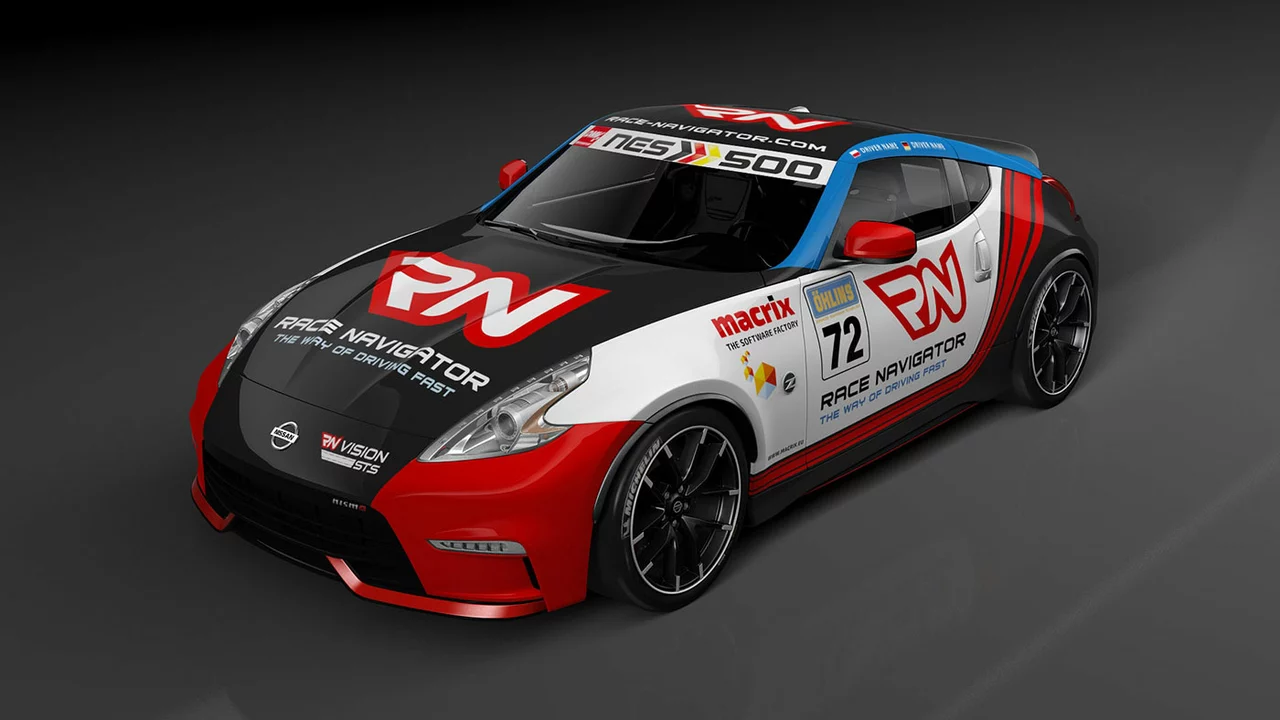Motorsport Decline: What’s Going On and How to Fix It
Ever wonder why the roar of engines feels quieter these days? Attendance at races is slipping, TV ratings are wobbling, and sponsors are getting picky. It’s not just a bad season – it’s a pattern that’s showing up across Formula 1, MotoGP, and even grassroots events.
One big factor is cost. Running a top‑level car now needs a budget that only the biggest manufacturers can afford. Smaller teams either drop out or struggle to keep up, and fans miss the underdog stories that once made races exciting. When the grid looks the same year after year, the drama fades.
Fans Are Changing Their Habits
Today’s audience lives online. They binge short clips on TikTok or watch highlights on YouTube instead of sitting through a full race. Racing series that cling to old TV formats lose the attention of younger viewers. That’s why some events are adding esports tournaments and behind‑the‑scenes streams – they want to meet fans where they already are.
Another gripe is the environmental impact. Cars burning massive amounts of fuel can feel out‑of‑step with the push for greener tech. Some fans simply walk away, thinking the sport isn’t worth supporting. Series that showcase hybrids or electric racing are starting to attract the eco‑conscious crowd, but the transition is still slow.
What Can Turn the Tide?
First, bring the cost down. More affordable regulations, shared parts, or a cap on spending can keep smaller teams competitive. When you see a new team jump into the lead, the story gets fresh and fans come back.
Second, make the experience interactive. Live‑timers, fan‑voted “best overtake,” and VR track tours let viewers feel part of the action. Content that breaks down lap times – like the simple guide on how a lap is counted – helps new fans understand the sport without feeling lost.
Third, push sustainability. Highlight hybrid power units, showcase how racing tech trickles down to road cars, and partner with clean‑energy sponsors. When a race advertises a carbon‑neutral plan, it sends a clear signal that motorsport is evolving.
Lastly, celebrate the unique thrills that only real‑world racing can give. Talk about why hypercars stay out of the track – they’re too exclusive and pricey – and why that matters. It reminds fans that the sport isn’t just about speed; it’s about engineering, courage, and strategy.If leagues keep adapting – lowering costs, embracing digital fans, and going green – the decline can become a stepping stone to a stronger future. The roar hasn’t disappeared; it’s just waiting for the right stage.

Is automobile racing a dying sport?
From my perspective, the idea that automobile racing is a dying sport is subjective. While it's true that viewer numbers have seen a decrease, it's also clear that the sport is evolving with the times, introducing electric cars and sustainable practices. Additionally, the rise of e-sports, including virtual car racing, has opened up new avenues. Also, certain traditional races still pull in large crowds and TV audiences. So, while the sport may be changing, it's far from dying out.